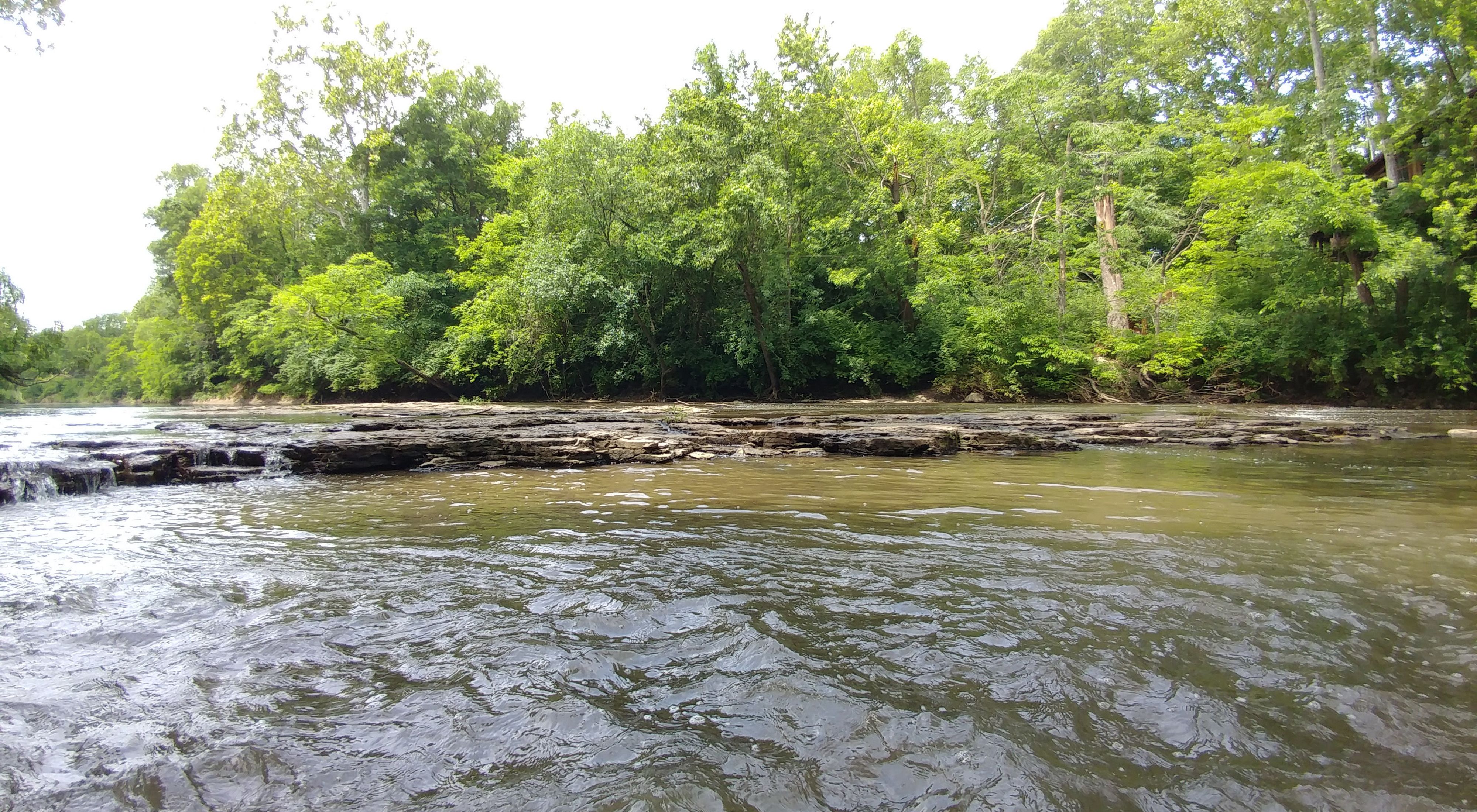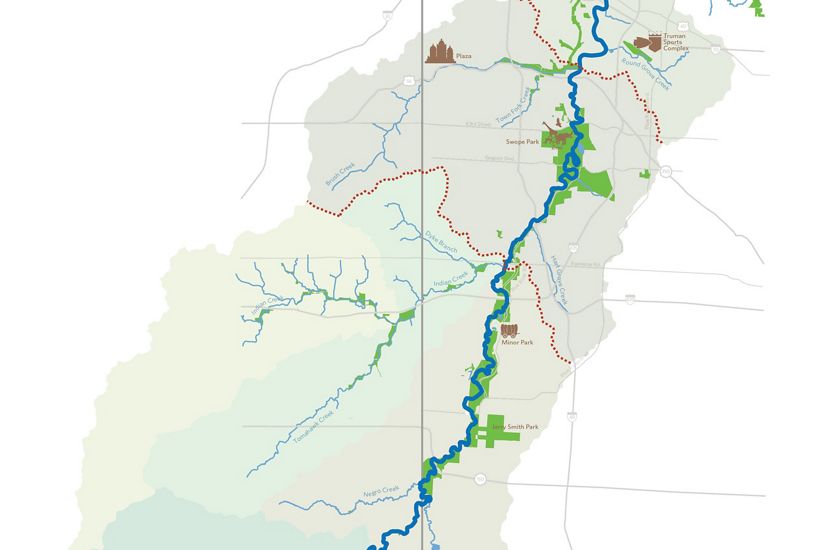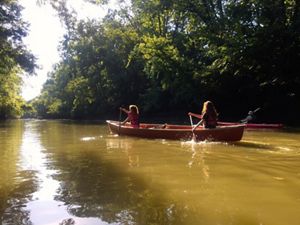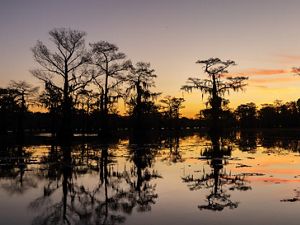The Blue River is Kansas City's River.
The Blue River is Kansas City’s river. Two-thirds of all water in the Kansas City metropolitan area drains into the Blue River. It begins in Johnson County, Kansas, and flows into Missouri. There, the Blue joins the Missouri River near Independence.
Increased development—everything from houses to parking lots to industrial sites—on the land around the river has hurt water quality and increased flooding downstream.
The Nature Conservancy (TNC) has been protecting land around the Blue River’s headwaters with conservation easements since the 1990s but it was time to look closer. So, TNC partnered with Kansas State University and Heartland Conservation Alliance to better understand the impacts of land development, conservation strategies and changes in climate within the Blue River watershed. K-State University researchers developed a model to predict the impacts of different development scenarios and shifts in climate compared to conservation strategies that could be enacted.
The results were clear: continued land protection around the river’s headwaters is one of the most important things TNC can do for the Blue.
Where Is the Blue River?
The Blue River flows 41 miles across Kansas and Missouri, through five counties and 20 municipalities. It begins in a relatively rural and undeveloped area, where Coffee Creek and Wolf Creek meet in southern Johnson County near the Overland Park Arboretum. The river then journeys north through Overland Park, crossing into Missouri south of Martin City, travels through Minor Park, along the Blue River Greenway, through Swope Park and the Kansas City Zoo, past Arrowhead and Kauffman Stadiums, through Blue Valley Park and finally flowing into the Missouri River.
The Blue River has three main tributaries, or creeks, flowing into it: Indian Creek, Brush Creek and Tomahawk Creek. The area of land that directs water to flow into the Blue River is called the Blue River Watershed. Two thirds of the rain that falls in the southern Kansas City metropolitan area drains into the Blue River.
How Healthy is the Blue River?
Blue River Report Card
Beginning in 2019, The Nature Conservancy, Heartland Conservation Alliance and Missouri Department of Conservation completed a biannual Blue River report card to rate the health of the river in six categories: water quality, habitat, development, recreation, governance and community connections.
In 2021, The Blue River Watershed received a C letter grade with an overall score of 46%, up from 40% in 2019. We found positive results among indicators in each area of the watershed which is cause for hope. However, the results tell us that the Blue River is threatened, and we must do better. Communities throughout the watershed deserve a healthier, more accessible river with stronger protections in place. If we want to see these positive changes and improve report card scores in future years, critical and immediate action is needed.
Support Conservation of the Blue River

Find More Places We Protect
The Nature Conservancy owns nearly 1,500 preserves covering more than 2.5 million acres across all 50 states. These lands protect wildlife and natural systems, serve as living laboratories for innovative science and connect people to the natural world.



